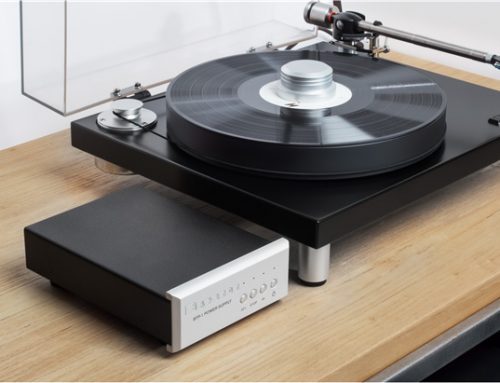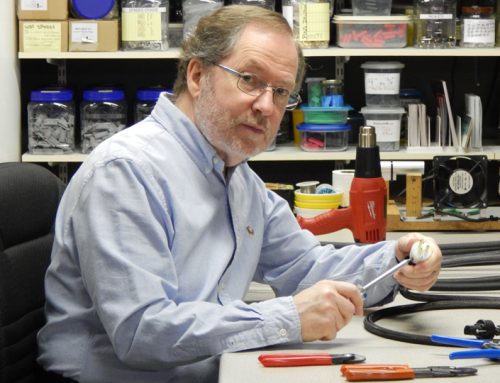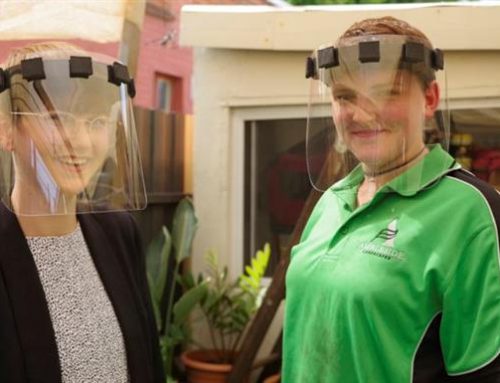
As with any new technology, it took a few years to perfect flat panel displays. Modern plasma and LCD television sets are bright, offer high contrast ratios and display accurate colours. The latest flat panel TVs are capable of displaying a full 1080 progressive resolution (1920 x 1080 pixels) – the holy grail of HDTV. Every several months, the world’s largest flat panel TV is introduced. Panasonic’s behemoth 103 incher currently holds the record for the largest plasma TV, and LG’s massive 100 inch LCD TV is in a close, second place.
There has never been a better time to buy a flat panel TV. The prices of both flat panel technologies have dropped drastically during the last few years making them affordable to most consumers. The price gap between the two technologies is also substantially smaller than in the past. Today, the pricing is very similar between the same sized LCD and plasma TVs.
These two fantastic technologies of course beg the question, which technology is right for you – plasma or LCD? But be careful who you ask. A manufacturer or a retailer who offers TVs of only one type will surely tell you that what they offer is better. The real answer depends on your watching habits and where you will be placing your new TV. Both technologies have some pros and cons, neither is a clear winner.
Modern plasma TVs are capable of producing a phenomenal picture quality with true to life colours, high contrast ratios and very deep black levels. They also produce an incredibly smooth motion during fast moving scenes. Plasma TVs are best suited for rooms that aren’t overly bright (i.e. rooms that don’t have a large number of windows or bright lighting). Static pictures that are left on the screen for extended periods of time may cause a “burn in” on some plasma displays, although most modern plasma TVs use different methods to minimize the chances of this happening. 1080p plasmas have recently became available, although only the largest and most expensive sets currently offer this resolution.
LCD TVs are ideal for brightly lit rooms and daytime watching because they produce a brighter picture than plasma TVs. The picture performance of LCD TVs is continually improving with every new generation. LCD TVs are a great choice for video gamers because they are not susceptible to a picture “burn in” at all (video games often have a static part in their picture). A good number of the larger LCD TVs offer the highest HDTV resolution of 1080p.
Shopping Tips for Both Flat Panel Technologies
Screen Size: All modern movies and high definition programming is produced in a widescreen (16:9 screen ratio) format. Unless you are looking for a small TV for your kitchen, you should definitely be looking for a widescreen TV. Selecting the size of your new television should be based on two factors, namely your room size and budget. A good rule of thumb for selecting the screen size is that the distance from your viewing position should be roughly 3 times the diagonal size of the screen. Any closer and the picture may look grainy or pixilated.
Brightness and Contrast: Most manufacturers specify a contrast ratio and a brightness value for their television sets although some do not. This is because there is no standard way of measuring brightness and contrast. The higher the brightness number, the brighter the picture will be and the easier it will be to watch the television in bright lighting conditions. More expensive TVs usually offer a higher brightness. A television with a higher contrast ratio should produce crisper, cleaner and sharper images. Contrast ratio is a measure of how many times brighter the white tones will be compared to the black tones in the picture.
Screen Resolution: The resolution specifies the number of horizontal and vertical rows of pixels that a television screen can display. For example, standard (NTSC) DVDs have a resolution of 704 by 480 pixels (or 337,920 total pixels). But with the amount of high definition content growing daily, it only makes sense to buy a television capable of displaying HD resolutions. High definition content is available from cable and satellite providers, high definition DVDs (HD DVD and Blu-ray formats) and video gaming consoles (Xbox 360 and PS3). Three high definition formats exist: 720p, 1080i and 1080p. 720p signals have a 1280 by 720 resolution (921,600 total pixels). 1080i and 1080p signals have a 1920 by 1080 resolution (2,073,600 total pixels).
Many television sets accept the 720p and 1080i signals although they are not true high-definition sets. A real high-definition television must have at least 720 pixel rows. In order to display the highest resolution 1080i or 1080p picture, the screen must have at least 1080 pixel rows.
Analog and Digital Tuners: All flat panel television sets have a built-in NTSC tuner which allows them to receive over-the-air analog channels. Many of the latest models also have an ATSC tuner built-in, allowing them to pick up over-the-air digital and high-definition channels. In order to receive analog or digital channels over the air, you will need to hook up an indoor or outdoor antenna. All channels broadcasted over the air are free but the selection is rather limited.
Quality and Number of Video Inputs: Every television offers a different number and selection of video inputs. Connecting your sources such as DVD players, satellite boxes or video gaming systems using the latest connections will result in the best possible picture quality. The picture quality can vary substantially between various video connections. Video connections from best to worst are: HDMI, DVI, component, S-video and composite. S-video and composite connections are old standards that should not be used to connect any modern A/V equipment.
The number of video inputs should depend on how many video sources you’ll be plugging into the TV. Make sure that the TV has a couple of extra connections that you won’t use right away so that you can add other components in the future. If you’ll be using an A/V receiver to run your home theatre, then you don’t have to worry about the number of inputs on the TV. The number of inputs and outputs of the A/V receiver will dictate how many components you’ll be able to connect.
Additional LCD TV Shopping Tip: Response time is a very important specification to check when shopping for an LCD TV. Response time refers to the amount of time it takes for the LCD pixels to go from active (black) to inactive (white) and back to active again. Look for LCD televisions with the smallest response time. Lower numbers mean faster transitions and therefore less visible image artifacts and trailing during fast motion scenes. Look for a response time of 12 ms or less. Response times are continually improving and some manufactures are offering LCD televisions with a response time as fast as 4 ms today.
14 Comments
Leave A Comment
You must be logged in to post a comment.






… [Trackback]
[…] Read More Info here to that Topic: novo.press/lcd-or-plasma-which-is-right-for-you/ […]
… [Trackback]
[…] There you will find 33321 more Information to that Topic: novo.press/lcd-or-plasma-which-is-right-for-you/ […]
… [Trackback]
[…] There you can find 21000 more Info on that Topic: novo.press/lcd-or-plasma-which-is-right-for-you/ […]
… [Trackback]
[…] Here you can find 79588 more Information on that Topic: novo.press/lcd-or-plasma-which-is-right-for-you/ […]
… [Trackback]
[…] Here you can find 79423 more Info to that Topic: novo.press/lcd-or-plasma-which-is-right-for-you/ […]
… [Trackback]
[…] Information to that Topic: novo.press/lcd-or-plasma-which-is-right-for-you/ […]
… [Trackback]
[…] Information on that Topic: novo.press/lcd-or-plasma-which-is-right-for-you/ […]
… [Trackback]
[…] Find More to that Topic: novo.press/lcd-or-plasma-which-is-right-for-you/ […]
… [Trackback]
[…] Info to that Topic: novo.press/lcd-or-plasma-which-is-right-for-you/ […]
… [Trackback]
[…] Read More to that Topic: novo.press/lcd-or-plasma-which-is-right-for-you/ […]
… [Trackback]
[…] There you will find 23518 more Info on that Topic: novo.press/lcd-or-plasma-which-is-right-for-you/ […]
… [Trackback]
[…] Find More on that Topic: novo.press/lcd-or-plasma-which-is-right-for-you/ […]
… [Trackback]
[…] There you can find 87061 more Info to that Topic: novo.press/lcd-or-plasma-which-is-right-for-you/ […]
… [Trackback]
[…] Find More on that Topic: novo.press/lcd-or-plasma-which-is-right-for-you/ […]